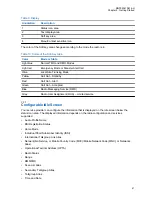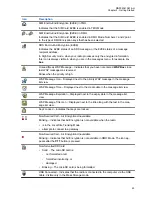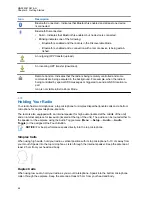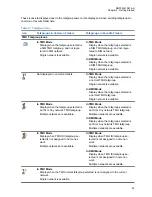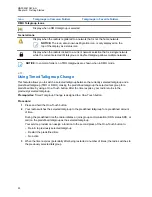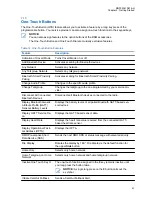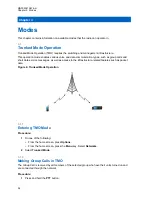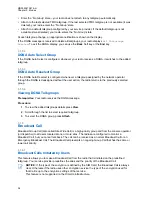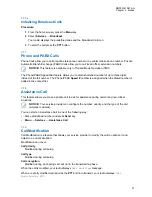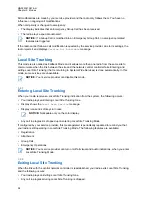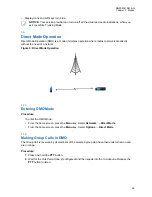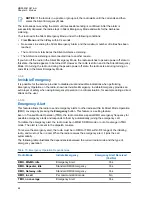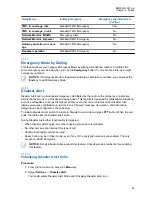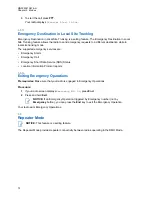
2
Wait for the
Talk Permit
tone (if configured) and then speak into the microphone. Release the
PTT
button to listen.
NOTICE:
To cancel making a group call, do one the following actions before the talk
permit is granted (depending on your service provider’s settings):
• Release the
PTT
button.
• Press the
END
key (default).
When the call is canceled, your radio displays
Call Cancelled
message (if configured
by your service provider).
3.1.3
Receiving Group Calls in Idle
Procedure:
1
Your radio receives a Group Call.
NOTICE:
The incoming Group Call is signaled by a
Receiving Group Call
tone.
2
To respond, press and hold the
PTT
button.
3.1.4
Receiving Group Calls during Ongoing Group Calls
While in active Group Call, your radio receives a Group Call with a higher priority.
One of the following occurs:
• Your radio is forced to end the current group call and automatically join the incoming one.
• Your radio displays incoming group call screen with options:
-
Join
– ends current Group Call and starts the incoming one.
-
End
– cancels the incoming Group Call.
3.1.5
Dynamic Group Number Assignment (DGNA)
DGNA allows the network operator to dynamically manage talkgroups on your radio over the air
interface. Using DGNA, the network operator can:
• Add talkgroups.
• Attach or select newly added talkgroups.
• Delete talkgroups.
• Modify parameters of existing talkgroups.
All the above operations are performed by transmitting data to your radio.
3.1.5.1
DGNA Reception
When a DGNA message is received, your radio plays a tone and displays a message
Talkgroup
list updated
. If enabled by your service provider, your radio displays all added and deleted
talkgroup list.
When your service provider deletes (de-assigns) the currently selected talkgroup, depending on the
settings, your radio can perform one of the following actions:
MN002041A01-AH
Chapter 3: Modes
55

